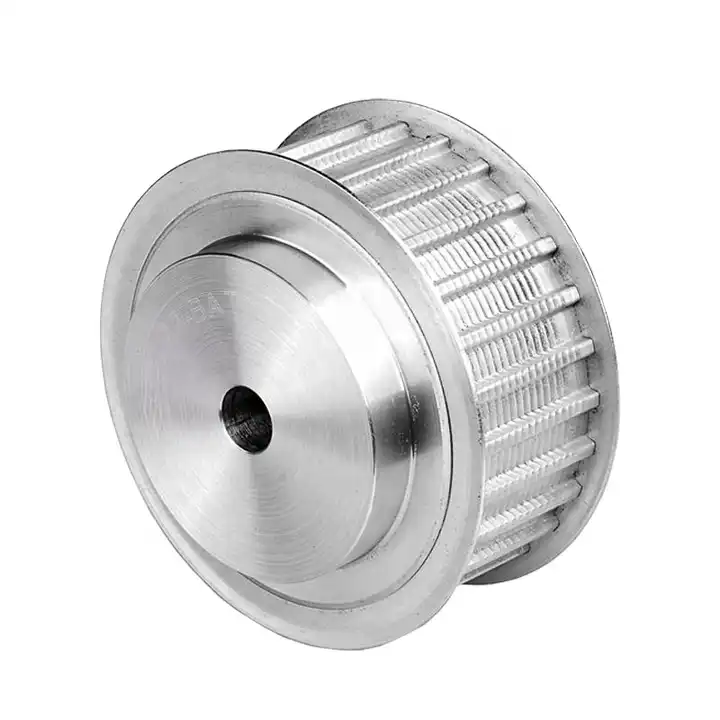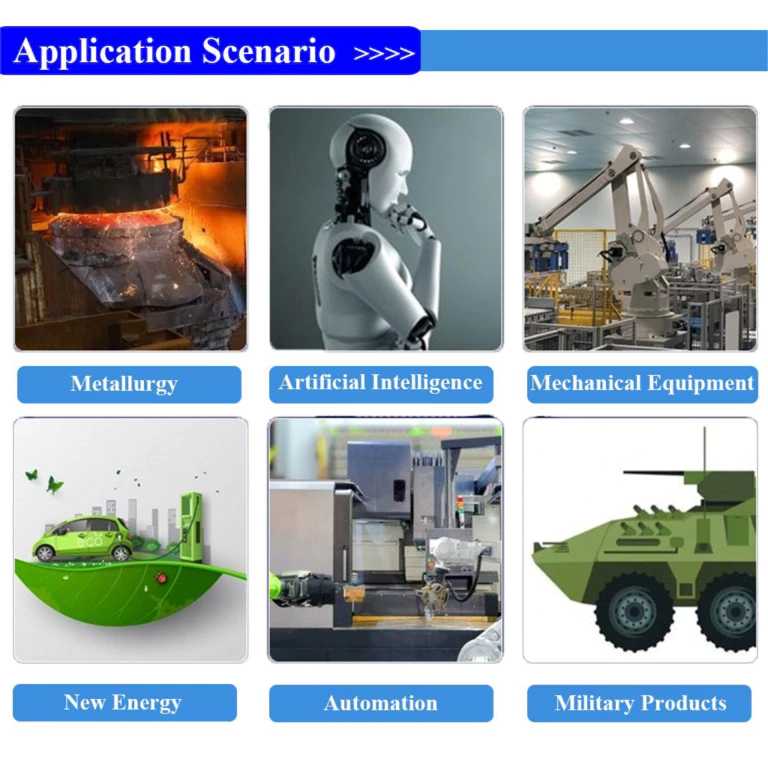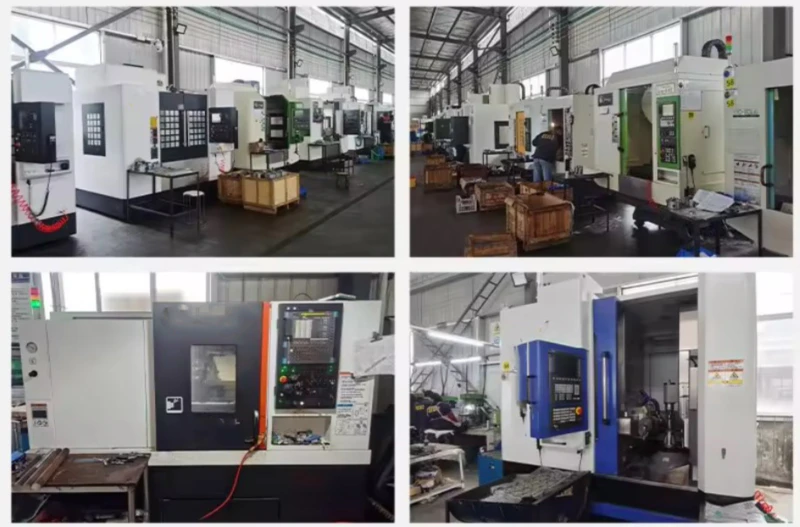Timing Pulleys for Underwater Exploration Equipment
Timing pulleys play a crucial role in the operation of underwater exploration equipment. These pulleys are essential for transmitting power from the motor to the propeller, as well as for driving other components such as pumps and compressors. In this article, we will explore the importance of timing pulleys for underwater exploration equipment and the factors that need to be considered when selecting the appropriate pulleys.
What are Timing Pulleys?
Timing pulleys are pulleys with teeth that mesh with teeth on a timing belt, allowing the pulley to transmit rotational power and maintain precise timing between different components. The teeth on the pulley and timing belt are designed to fit together perfectly, with no slippage or backlash, ensuring maximum efficiency and accuracy.
The Role of Timing Pulleys in Underwater Exploration Equipment
Timing pulleys are critical components in underwater exploration equipment. They are responsible for transmitting power from the motor to the propeller, driving pumps and compressors, and maintaining precise timing between different components. Timing pulleys must be able to withstand the harsh underwater environment, including saltwater corrosion and extreme pressure.
Factors to Consider When Selecting Timing Pulleys for Underwater Exploration Equipment
When selecting timing pulleys for underwater exploration equipment, several factors must be considered:
- Material: The material of the timing pulley must be able to withstand the harsh underwater environment, including saltwater corrosion and extreme pressure. Stainless steel and other corrosion-resistant alloys are common materials for underwater timing pulleys.
- Size: The size of the timing pulley will depend on the power requirements of the equipment and the diameter of the timing belt being used.
- Number of Teeth: The number of teeth on the timing pulley will affect the gear ratio and the speed of the equipment.
- Profile: Timing pulleys come in different profiles, including HTD, GT, and AT. The profile of the timing pulley must match the profile of the timing belt being used.
V Pulley
In addition to timing pulleys, V pulleys are another common type of pulley used in underwater exploration equipment. V pulleys are designed to transmit power through a V-shaped belt rather than a timing belt. They are commonly used in applications where high torque is required at low speeds, such as in pumps and compressors. Our company offers a wide range of V pulleys to suit the needs of different underwater exploration equipment. Check out our V pulley products for more information.
Company Products and Promotion
Our company is a leading manufacturer and supplier of pulleys in the Chinese market. We offer a wide range of products, including timing pulleys, V pulleys, belt wheels, belt idler pulleys, and flat pulleys. We have a variety of automatic CNC production equipment and automatic assembly equipment to ensure the high quality and consistency of our products. We also offer customized products to meet the specific needs of our customers. See our factory below:
If you’re looking for high-quality pulleys at competitive prices, look no further than our company. We pride ourselves on offering excellent customer service and fast delivery times. Contact us today to learn more about our products and services.
Q&A
- Q: What is the difference between a timing pulley and a V pulley?
- Q: What factors should be considered when selecting a timing pulley?
- Q: What materials are commonly used for underwater timing pulleys?
- Q: What is the role of timing pulleys in underwater exploration equipment?
- Q: What types of pulleys does your company offer?
A: Timing pulleys are designed to transmit power through a timing belt, while V pulleys are designed to transmit power through a V-shaped belt. Timing pulleys are used in applications where precise timing between components is essential, while V pulleys are used in applications where high torque is required at low speeds.
A: Factors that should be considered when selecting a timing pulley include the material, size, number of teeth, and profile of the pulley. The material of the pulley must be able to withstand the harsh underwater environment, while the size and number of teeth must match the requirements of the equipment and the timing belt being used. The profile of the pulley must also match the profile of the timing belt being used.
A: Stainless steel and other corrosion-resistant alloys are commonly used for underwater timing pulleys.
A: Timing pulleys are responsible for transmitting power from the motor to the propeller, driving pumps and compressors, and maintaining precise timing between different components.
A: Our company offers a wide range of pulleys, including timing pulleys, V pulleys, belt wheels, belt idler pulleys, and flat pulleys.


